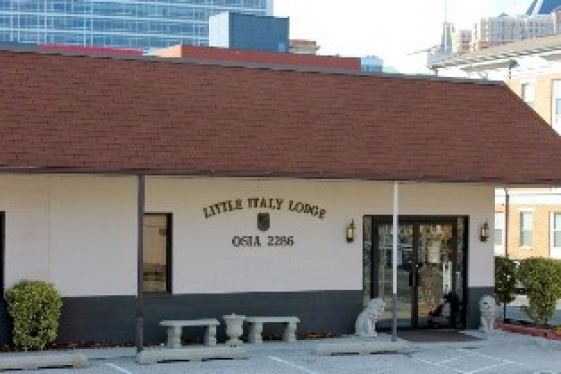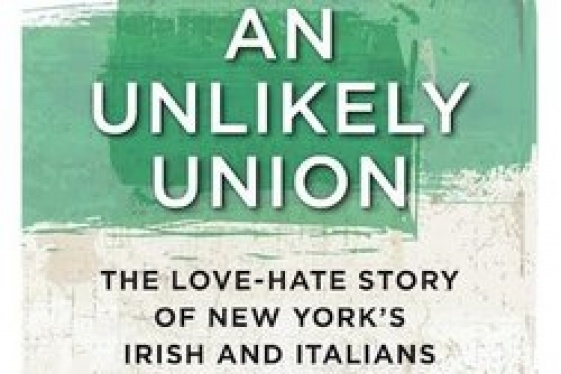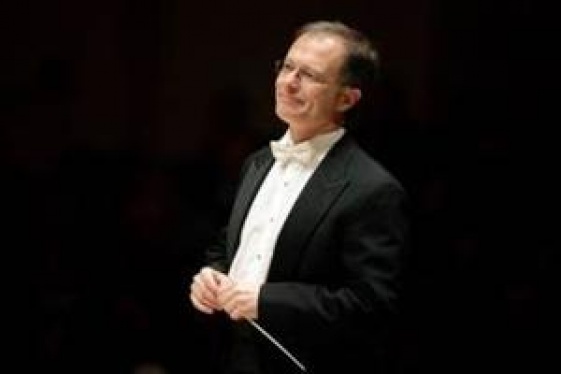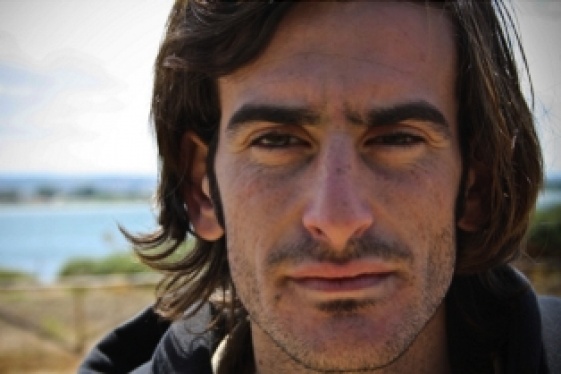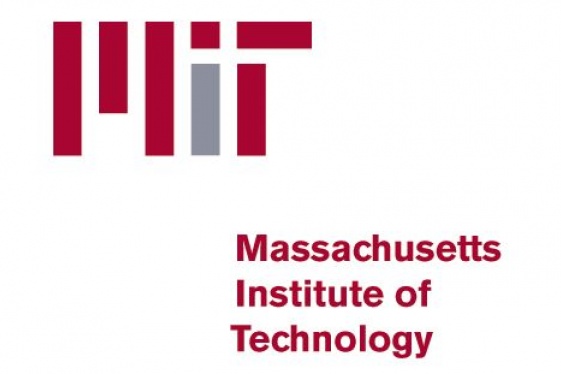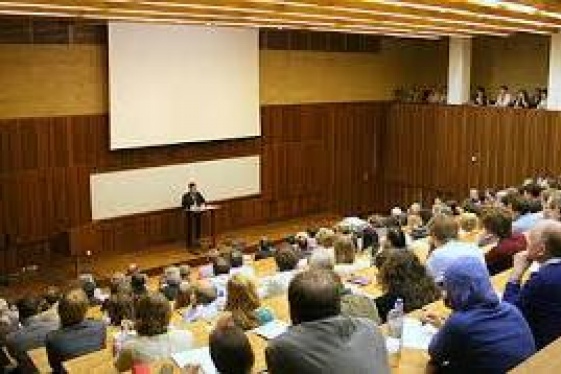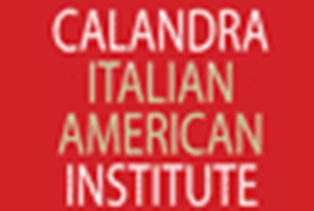
The Multilingual Classroom: An Asset for Teaching Italian And Romance Languages

The Multilingual Classroom. An Asset for Teaching Italian And Romance Languages
Italian Language Resource Laboratory. John D. Calandra Italian American Institute - 25 West 43rd Street - New York, NY 10036
Saturday, 18 April 2015
Schools and college classrooms in the U.S. are increasingly multilingual. In order to benefit form this situation, "plurilingual approaches" have been developed and are spreading throughout the U.S., from K-12 to colleges and universities. The goal of these approaches is to give students an opportunity to enhance theirforeign language capabilities in a faster and more efficient manner. This workshop will present how to prepare and present multilingual activity that promotes plurilingual awareness and competence.
The "Multilingual Classroom" is a follow-up to the workshop we held last September 2014, "Intercomprehension and Multilingualism."
Program
9.00-9.30
Welcome and presentation of the workshop: Anthony Julian Tamburri and Roberto Dolci
9.30 – 11.00
Clorinda Donato and Cedric Oliva, California State University, Long Beach
"Translanguaging, Transculturing, and Intercomprehension in the Italian for Spanish-Speakers Classroom: Materials and Methods for the Multilingual Student"
Multilingual students bring a set of linguistic and cultural practices from their daily lives into the language acquisition classroom. These practices, such as translanguaging and transculturing, especially in the Romance language family plus English, enable those teaching additional Romance languages to harness these practices. Together they establish the conditions for maximum language acquisition outcomes in the four skills of listening, writing, reading, and speaking. Intercomprehension, the ability to communicate across languages belonging to the same language family, is also employed as a powerful pedagogical strategy for multilingual Spanish English speakers. We will present our e-book, Juntos: Italian for Speakers of Spanish and English (and show some examples from the French version, Juntos: French for Speakers of Spanish and English as well). We will provide a demonstration of how Juntos is used in the Italian for Spanish Speakers class, together with a traditional Italian-language textbook and classroom specific integrative materials. Thus, the scaffolding of traditional text, Juntos, and integrative materials will be demonstrated. A short video of the classroom where these materials are used will also be shown.
11.15 – 12.45
Barbara Spinelli, Columbia University
"Developing Plurilingual Awareness, Co-Learning, And Multiliteracies in Higher Education Through Multilingual And Transformative Practices"
In the language departments of North America colleges and universities, teachers work increasingly in multilingual classrooms where students' language practices include multiple languages. This paper first describes the theoretical framework and the main objectives of an Italian Language blended course for Romance Language speakers, which represents one of the contexts of this multilingual challenge. In a second step it sketches the necessity of a pedagogy of multiliteracies, which includes an engaged reflection on learner's plurilingual competences and strategies. Thirdly it illustrates the activities aimed at developing learners' plurilingual awareness and co-learning and it analyzes the qualitative data, retrieved from these activities, describing possible implications for teaching and learning.
12.45 – 2.00 — Lunch
2.00 – 3.30
Marie Christine Jamet, Università Ca' Foscari di Venezia
"The Potentiality of Intercomprehension: The Use of One's Own Linguistic Repertoire for Learning a Related Language"
Through hands-on activities drawn from various programs of Intercomprehension, this mini-workshop will show how the knowledge of one's own mother tongue and/or of one or more languages accelerates the process of understanding a written or spoken text in an unknown, related language, thus speeding up the quantity of input that reaches the student. Experiencing the methodology on yourself, you will understand which the strategies are used and which linguistic mechanisms are involved in order to better understand the process of language comprehension. In Italian and French.
3.30 – 4.30 — Roundtable discussion
—
The "The Multilingual Classroom" is part of the pedagogical activities produced by the Italian Language Resource Laboratory of the John D. Calandra Italian American Institute.
This workshop has been made possible by a generous grant from Italy's Ministry of Foreign Affairs and by the Friends of the John D. Calandra Italian American Institute Foundation.
The workshop is free and open to all teachers of Italian K-16.
Teachers are asked to reserve via email at [email protected]. Space is limited.
John D. Calandra Italian American Institute
Queens College – CUNY - 25 West 43rd Street -New York, NY 10036
212.642.2094 [email protected]
You may be interested
-
2015 scholarship competition
The La Famiglia Scholarship committee is pleased to announce the financial aid competition...
-
An Unlikely Union: The love-hate story of Ne...
Award-winning author and Brooklynite Paul Moses is back with a historic yet dazzling sto...
-
Cathedral of St. John the Divine, Oratorio S...
For the first time ever, The Cathedral of St. John the Divine, in collaboration with the O...
-
Davide Gambino è il miglior "Young Italian F...
Si intitola Pietra Pesante, ed è il miglior giovane documentario italiano, a detta della N...
-
Emanuele: cervello d'Italia al Mit di Boston
Si chiama Emanuele Ceccarelli lo studente del liceo Galvani di Bologna unico italiano amme...
-
Garibaldi-Meucci Museum to Celebrate Ezio Pi...
On Sunday, November 17 at 2 p.m., Nick Dowen will present an hour-long program on the life...
-
Italian Americans media and beyond: between...
The Department of Italian invites you to a lecture by Fulvio S. Orsitto who is an Associat...
-
Italian Master Drawings From The Morgan (Onl...
The Morgan Library & Museum's collection of Italian old master drawings is one of the...



